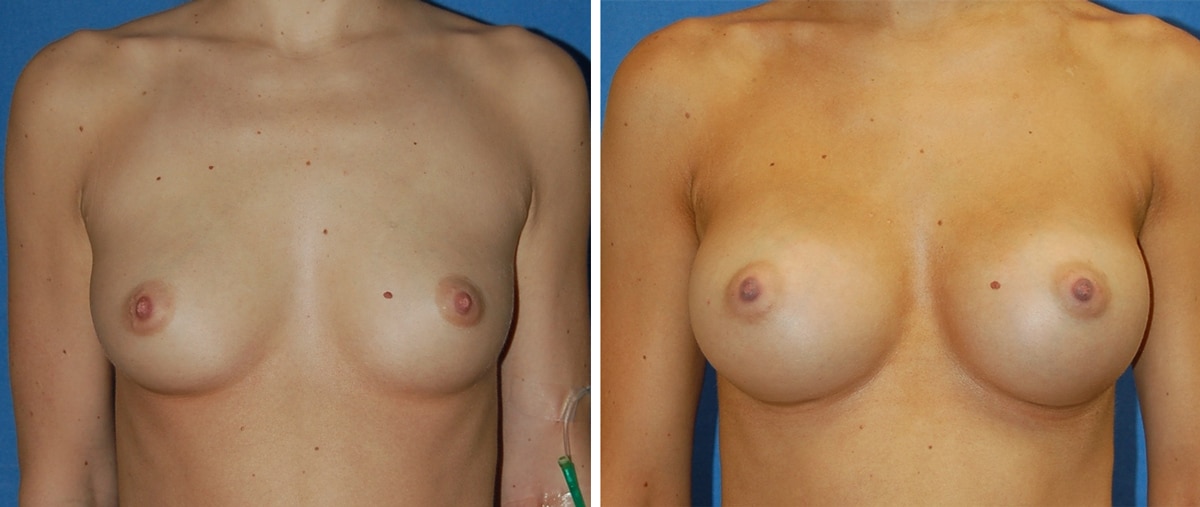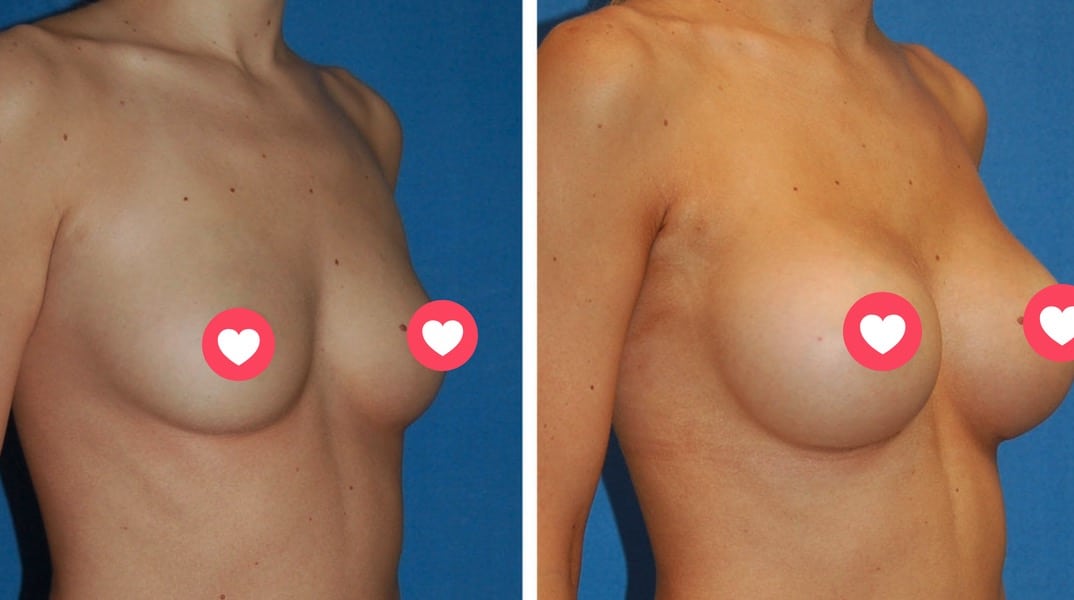Too big, too small, too droopy, too lopsided, too…
Many women are unhappy with their breasts and there are no shortage of opinions about what they can and should do to improve them. In breast augmentation, as in most things related to breasts, the internet is awash in information about this plastic surgery. Some of it good, but much of it misleading and confusing. Deciding what’s right for you is actually a fairly straightforward process once you know what to consider. The decisions that need to be made can be grouped into 3 categories which I like to call the three S’s. Silicone vs. saline, Surgical approach (where the scar is) and Size.
Silicone: It used to be that the decision here was silicone vs. saline, but now, it’s more often what type of silicone. Certainly, some patients still prefer saline, but most patients choose silicone for it’s more natural look and feel. However, not all silicone implants are alike. Newer options include silicone gel of different degrees of cohesivity or whether the gel behaves more like a thick liquid or a soft solid, or a “gummy bear”. The standard gel implant remains the most popular although these have been upgraded over the last 20 years to have better fill, less rippling and more durability. On the other end of the spectrum are the highly cohesive or “gummy bear” implants. In these, the gel is a semi-solid such that if you were to cut the shell around the implant, the gel would not flow out. In the middle are implants that have a thicker gel than the standard implants but are not a semi-solid like the highly cohesive ones. Why does this matter? Different implants will have different rates of potential leaking, different effects on breast shape and potential for visible rippling. The best way to make the decision about which implant is right for you is a thorough discussion with your surgeon.

Surgical approach:
This is how the surgeon makes the implant pocket and where the resulting scar will be. The two most popular approaches today are through the crease underneath the breast and through the armpit using an endoscope. Both approaches allow the surgeon to make a pocket of the right size for the implant, typically with minimal scarring. The other important decision is whether to place the implant above or below the muscle. This is where the exam is so important as some patients will have a definite advantage with having the implant placed above the muscles while other patients may have a better result with the implant below the muscle.
Size:
Perhaps the most important decision of all is what size implant will be selected. This is a decision that should be made by the patient in close consultation with the surgeon. The important factors to consider in breast augmentation are what breast size the patient wants and what their chest and breast will allow. There are 3 ways to approach this decision. The first entails careful measurements of the breast and chest by the surgeon. These dimensions will guide the upper and in some cases lower limits of implant size. A second approach uses implant sizers placed in a bra to give a patient some idea of proportion or how the implants will look relative to their hips and body. Finally, there are programs that allow 3 dimensional imaging to be done with realistic depictions of what different implant sizes will look like when they are placed in the body. The ultimate aim of sizing is to give patients the breast size and proportion that achieves their goals. As with most decisions in plastic surgery, this is best achieved with clear communication between the patient and their surgeon.





